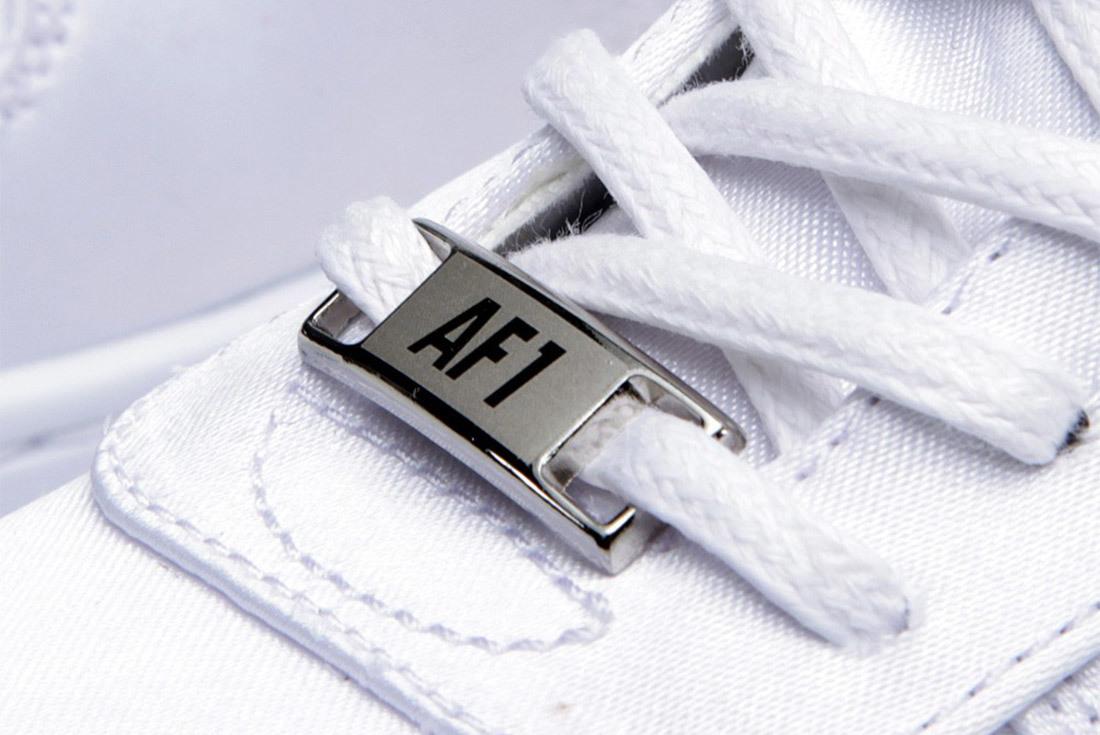The History of the Dubrae
The word ‘dubrae' has an interesting history; one few people know. Otherwise known as a lace lock, lace tag, or lace jewel, dubraes are found on the front of the laces. And while they’re mostly seen as a decorative embellishment, they actually do serve a function: dubraes keep laces tight and centred. As the celebrates its , we take a closer look at one of its defining features: the dubrae.

'Dubrae’ was originally coined in 1994 by Nike designer Damon Clegg while presenting his design for an boot. He realised he had no name to describe the boot’s ornamental lace tag, and so referred to it as a ‘doobrie’ – ‘thingamajig’ in Scottish slang. Nick had picked up the term from his Glaswegian roommate in college. However, those in attendance took ‘doobrie’ as a technical term – and it stuck (hence why you'll often see it spelled as though it's a French word, but ain't nothing fancy about straight-up Glaswegian lingo!).
The dubrae was formally introduced in the 2006 catalogue for the Air Force 1 retro, and is now one of the most recognised features on the silhouette.
Since then, Nike have celebrated heritage with custom dubraes on NIKEiD pairs, and special edition and customisable metal pairs for events such as .
The world’s biggest brands – , and etc. – followed suit, adding dubraes to their collections, particularly for collaborations and special edition pairs. Legendary retailer Concepts enlist dubraes for their ‘special occasion’ effect regularly. And recently, ASICS and Asahi teamed up to celebrate the beer brand’s 30th anniversary with special edition GEL-Lyte IIIs finished with engraved Asahi dubraes.
The young brand’s pièce de résistance, however, has to be their solid 18-karat gold dubraes laser-etched with Drake’s signature OVO owl head, finished with VS diamond setting in the owls’ eyes. The dubraes were affixed to made and gifted to the one and only Champagne Papi during his 2017 Australian tour.
